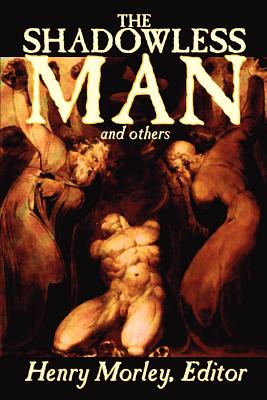- Welcome to FictionDB, Guest
- | My Account
- | Help

Shadowless Man and Others — Wildside Press
Peter Schlemihl, the Shadowless Man was first published in 1814; it tells the story of a young man who sells his shadow to the Devil in exchange for the Purse of Fortunatus. He hopes to use this legendary source of limitless wealth to help him woo he beloved -- but his love is doomed, of course. What sane women would want to marry a man who'd done business with the devil? "The Story Without an End" (1830), is an "artificial" fairy tale -- a literary creation, not a folktale -- that mixes fairy tale traditions with philosophical ideals. Novalis's "Hymns to Night" is a work of acknowledged influence on Romantic thought: Navalis is sometimes called "the prophet of Romanticism." The 1797 death of his young fiance, Sophie von Kuhn, led Novalis to write the work; seven months after the publication, Novalis died the same disease that had claimed his love. Novalis's central image is a blue flower and that blue flower became a symbol of longing for the unattainable among Romantics.

